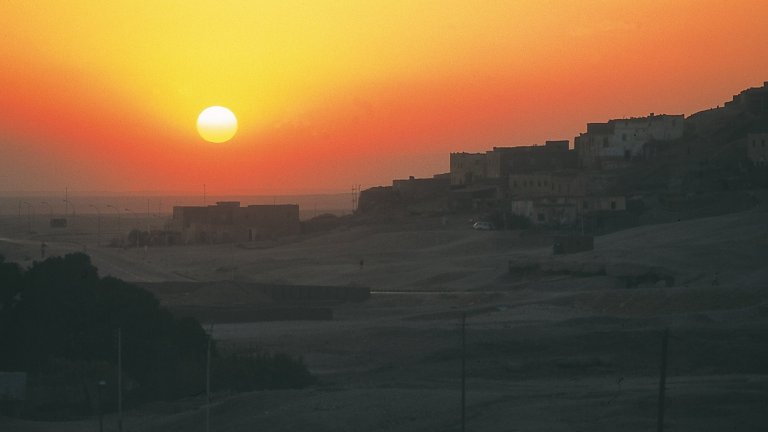
© Yann Rantier / CNRS Photothèque
View the mediaScientific news
The new report by the UN’s climate experts (IPCC), the last volume of which came out on 4 April, is very alarmist about the future of humanity and insists on the need to remedy global warming through immediate drastic measures... Solutions do exist.

© Yann Rantier / CNRS Photothèque
View the mediaThe 6th full IPCC (Intergovernmental Panel on Climate Change) report, in which CNRS scientists participated, is now published. A third volume of the report and its summary for the world’s decision-makers is officially released today. The first and second volumes were released in August 2021 and February 2022.
Since the previous report in 2014, the experts’ findings have worsened. The historic commitments made in 2015 in Paris at COP 21 by 195 countries in an attempt to halt global warming are no longer enough. The ambitious commitment made at the time to keep climate change below 2°C by 2100 and to stay below the 1.5°C increase in temperature has been exceeded.
The report’s conclusions state that the timetable for ongoing climate change is much closer than we think and that humanity will suffer the cataclysmic consequences well before 2050, i.e. well before the children born in 2021 are 30 years old.
CNRS scientists are already hard at work. Discover our many reports on the consequences of climate change in the oceans and glaciers, and meet the people who are working daily to find solutions to limit its impact.
Our work is guided by the way scientists question the world around them and we translate their research into images to help people to understand the world better and to awaken their curiosity and wonderment.